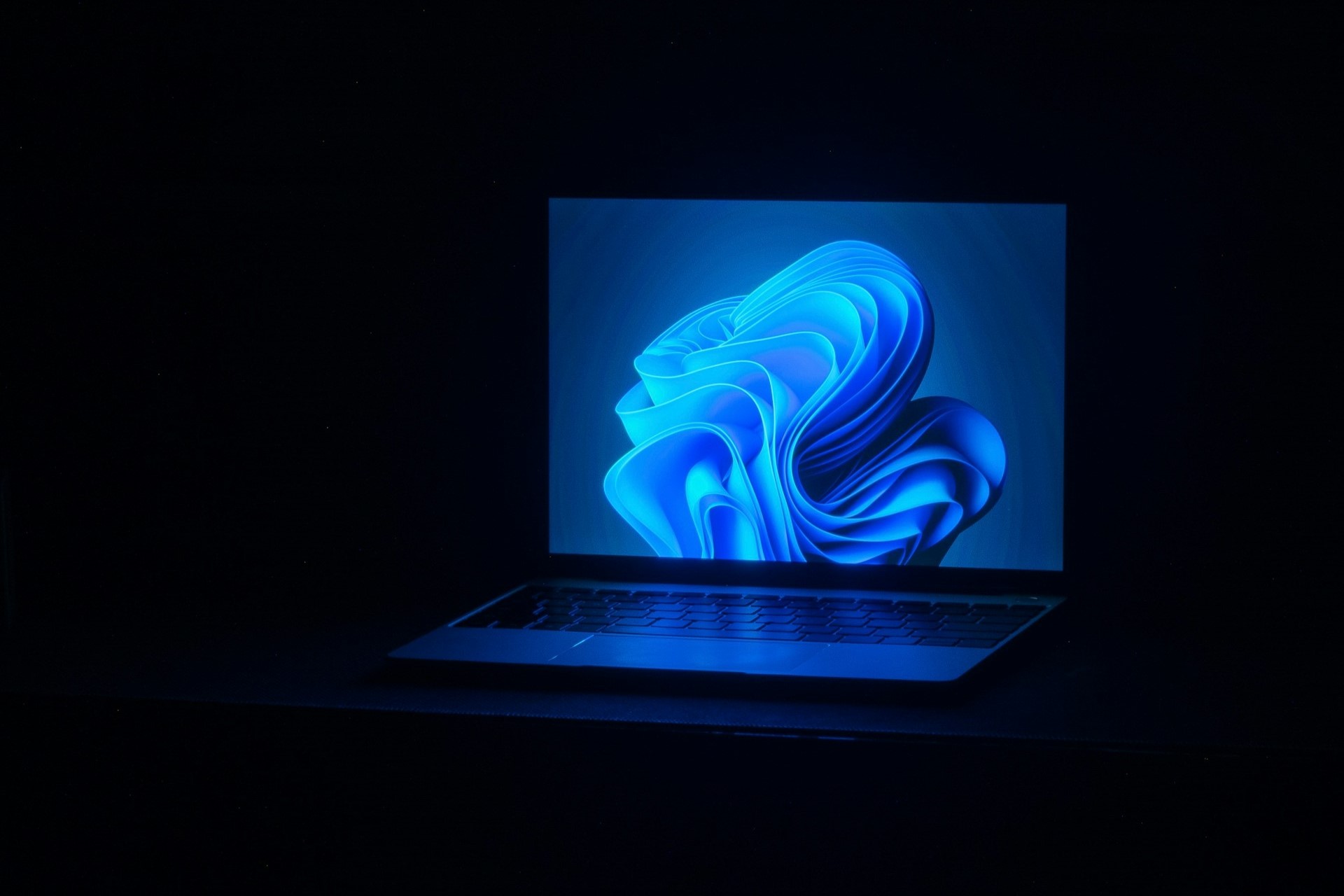Enable low shadows in games to boost FPS
4 min. read
Updated on
Read our disclosure page to find out how can you help Windows Report sustain the editorial team. Read more

You have a supercomputer that can literally render the entire universe with no lag? But, can it run Player Unknown’s BattleGround on medium graphics? There’s a joke that it is next to impossible to get decent FPS on some games such as PUBG, Witcher 3, etc, even if you have a decent graphics card and CPU.
Sudden FPS drops not only affects how immersive a game is, but it can also mean the difference between life and death, of your in game character that is.
Therefore, it is only common sense to change your graphic settings to low shadows, low textures, etc, if your computer is having difficulty properly running your game.
When configuring their game settings, many people overlook the “shadows” option in a game. Generally, gamers do not realize that high shadows is quite GPU intensive, which means it will eat up a lot of your FPS.
Why do game shadows put so much stress on your GPU? Well first, you will need to understand how shadows are typically made and rendered in a game. Below is a detailed description of how shadows are rendered in a game.
How shadows are rendered
Drawing and rendering shadows is a difficult task for game developers as it involves numerous different factors. For instance, most modern games use another camera located at the light source to render the image from the point of view from the light source’s position.
This image is not a typical one. Instead it is usually called a “shadow map”, because it calculates the distance between the source of light and the person, place, or object that is creating the shadow.
Once there is a “shadow map”, the actual scene gamers will see is drawn. During this regular scene, all of the shadows have to be calculated from the “shadow map” and the light source.
Remember, your computer has to calculate everything the shadow is falling on as well as the intensity of the shadows/light. There are also refractions, reflections, etc involved in the calculations and rendering of shadows.
As you can see, it is pretty much a computing nightmare to properly render shadows.
- Read Also: Top 5+ game booster software for Windows 10
Why do shadows affect FPS so much
When rendering shadows, your computer has to render another scene (shadow map) for each and every light source in the moment you are playing. This obviously, will significantly reduce your FPS.
So in theory, a game with just one light source will half the amount of FPS. If there is two light sources in a scene, then your FPS in game will be reduced to one third.
This is of course, theoretical, as there are other factors involved that will help you keep a decent FPS.
New games will probably have AIs, and other tools, shortcuts to help reduce the strain shadows put on your GPU. This means your FPS wont be halved every time another light source is introduced to the scene. However, the point I am trying to get across is that shadows significantly affect FPS.
How do I fix this issue?
Well, the most obvious way to fix this issue is to put your game’s graphics settings to “low shadows” or to the lowest possible setting. You can also try turning down the resolution of your game.
Turning down the resolution helps improve your FPS because it makes the shadows more pixelated. The bigger the pixels are the less information your computer has to calculate.
Of course your game will look much uglier if you reduce your resolution too much. So you will need to do some testing and experimenting to see what settings works best for your particular set up.
It is advised to first change your shadow’s setting to the lowest one possible. This won’t heavily affect the aesthetics of the game, but will give you a large FPS boost. However, if the FPS is still too low to be playable, then you will want to tweak your resolution settings.
If changing the resolution or low shadows in games still does not give you a big enough boost in FPS, then you may want to look at other ways to tweak your settings. Here is a description of each video setting typically found in games, and how to change them to improve your gaming experience.
RELATED STORIES TO CHECK OUT:









User forum
0 messages